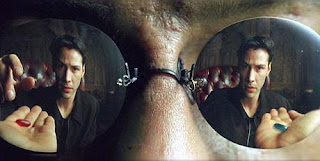The first is called Directing Actors. It deals directly, and in a beautifully nuanced way, on getting the most from actors. Having been an actor for many years I found this book to be excellent. It reminded me how much fun acting can be - the listening, the moment to moment exhilaration of being in a scene with another actor, and it reminded me of how some of the best directors I've worked with have gotten more out of me as an actor.

The next is called Film Directing Shot by Shot: Visualizing from Concept to Screen. It is more of a text book and doesn't deal a lot with the actor / director dynamic, but is aimed at what is actually in the frame. The whys of how you frame a subject, and more importantly, the pre-visualization of each shot and scene.

This book is a great primer about the craft of directing. Craft is something that has become more important to me as I've gotten older and I'm always excited to find gems like this.
And the last book is a wonderful picture book called Master Shots: 100 Advanced Camera Techniques to Get an Expensive Look on Your Low-Budget Movie.

Yeah, the title says it all. This book is a must have for anyone trying to get their indie piece looking as good as possible. Kenworthy (the author) takes shots from known films and dissects why they're so good and what effect they're having on the audience. Totally cool. All these books are in my reference library and I highly recommend them.


























